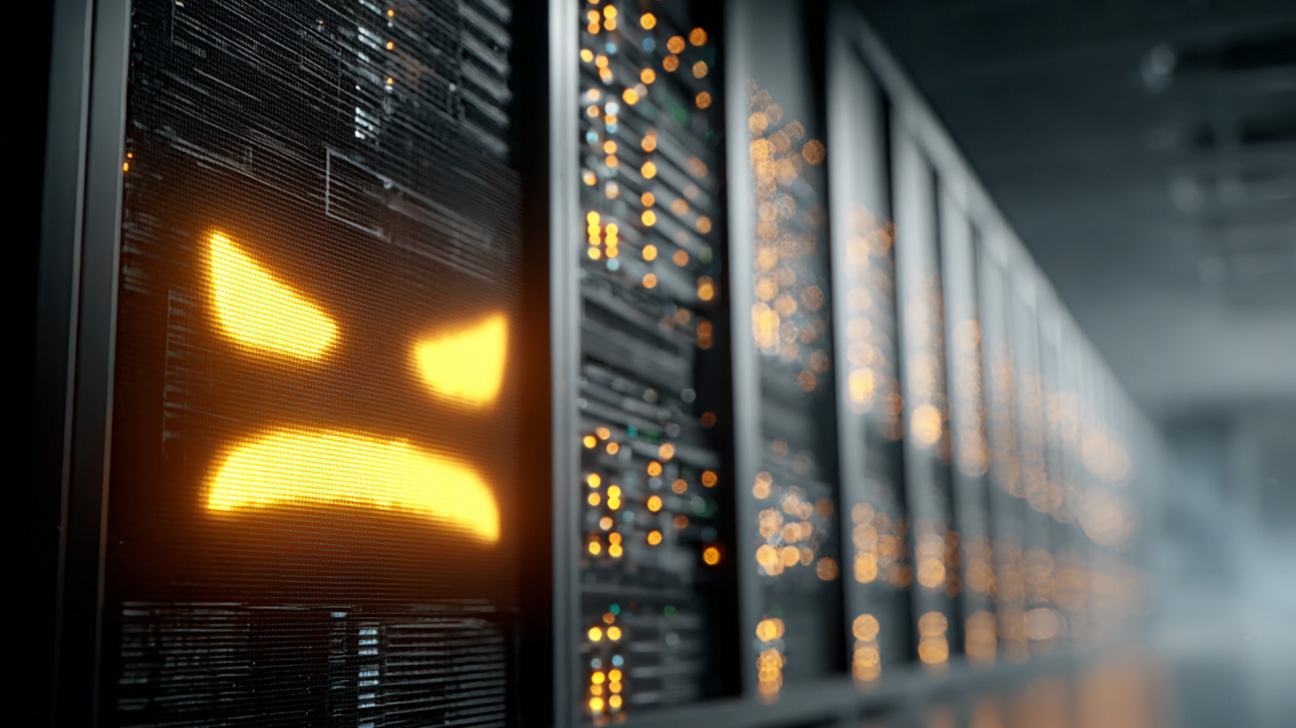InfoGuard AG (Headquarter)
Lindenstrasse 10
6340 Baar
Switzerland
InfoGuard AG
Stauffacherstrasse 141
3014 Bern
Switzerland
InfoGuard Com-Sys GmbH
Frankfurter Straße 233
63263 Neu-Isenburg
Germany
InfoGuard Deutschland GmbH
Landsberger Straße 302
80687 Munich
Germany
InfoGuard Com-Sys GmbH
Am Gierath 20A
40885 Ratingen
Germany
InfoGuard GmbH
Kohlmarkt 8-10
1010 Vienna
Austria
365 Days of Cyber Security – what moved you in 2018!

2018 is nearing the home straight. Aren't you feeling like the Burglind winter storm just blew over Switzerland and cut off numerous villages in the Valais and Bernese Oberland from the outside world? More snow fell in Switzerland than we have seen in a long time... and now we are already eagerly anticipating another “White Christmas". But before we (and of course you) get into the Christmas mood, here's a short review of your most popular posts on our Cyber Security and Cyber Defence Blog in 2018.
To coincide with the Advent season, our loyal blog readers have identified four topics that have obviously been of particular interest to you this year. The top subject was the GDPR (General Data Protection Regulation) just like 2017 - and it is probably no great surprise for you either. But also the issues such as “Detect & Respond ", the lack of specialists and Blockchain have definitely made it into the top list.
GDPR – for some a slight breeze, for many a downright storm
The year was marked by many extremes, cold and lots of snow in winter, heat and drought in summer and the sad end with the tsunami in Indonesia this autumn. Even in the cyber security world, things were extremely frantic. Even though we had all been aware of the date for the implementation of the EU Data Protection Regulation for a long time, a veritable storm raged through many companies between January and May. Does that sound familiar to you? So it also comes as no surprise that the GDPR (as in 2017) was once again the number 1 issue this year. GDPR-readiness has preoccupied you and all our other readers like no other question has. We have dealt with the concrete steps to be implemented up to the introduction of the GDPR in numerous articles, videos and Whitepapers. However, the subject of the implementation of the GDPR has only recently been settled. In case you are in need of a final serving of GDPR, you can find our latest article here.
Detect & Respond – because cyber security means more than just defence against cyber attacks.
Cyber attacks occur every day (or more like every second) and they will continue to succeed in the future - just like burglaries. In infographics, articles and checklists, we have shown you the parallels that exist between a cyber attack and a break-in. It has rapidly become clear that nowadays, Cyber Security can no longer rely solely on building higher and higher ICT security walls. Clearly, the trend is towards more intensive monitoring of security systems and detecting incidents, as recommended by the NIST Cyber Security Framework. And that's a good thing! New approaches to security are needed, ones where the focus is on detection and the response to attacks is an essential constituent of IT processes. The high number of blog readers for matters relating to Cyber Defence, Threat Detection and Incident Response shows that you are very interested in this area.
Cyber Security needs professionals - and these are exactly what are in short supply
Cyber Security stands and falls by the quality of the experts who deal with the various aspects professionally. This will become more and more important in the future, and just as crucial are well-trained specialists. The shortage of IT specialists has long been an issue that has also preoccupied you this year. At least that's the conclusion we draw from the actively-read blog articles. Just a few weeks ago, Adecco Switzerland published its new index of skills shortages. This shows quite clearly that there is an increasing shortage of skilled workers in the job fields of technology, natural sciences and computer science. The indices for technology and natural sciences rose by 9% in 2018 and for IT professions by 8%. Jobs in these groups are in the top 5 of the skilled worker rankings. This means that it is even more important to promote and train new specialists. We are also aware of this problem and so will be taking even greater care of young cyber talents in the future. We did so very recently when the young generation of our employees gained an insight into our world on our national Future Day. The kids told us all about what they had experienced in a blog article.
Smart Contracts, DLT and Blockchain – digital safes are challenging security
Transferring funds in real time via smartphone has recently become possible in Japan - and it's free of charge too, thanks to a mobile banking and payment app. Gone are the days when the service was expensive and recipients had to wait days for their money to arrive. Blockchain makes it feasible. Blockchain is also helping trading companies. Technology streamlines and shortens the processing time for importing and exporting products in Switzerland and Europe, from weeks to hours (!). But as is so often the case, where there is a positive side, there is a negative, and crypto-currencies are also a popular target for cyber criminals. Someone who even so wants to use this indisputably future-oriented technology cannot ignore security. Many of you this year obviously wanted to know exactly how you can beneficially make use of the advantages of DLT without being negligent about cyber security. You too? If not, many readers will certainly be able to recommend the article to you.
Our conclusion for 2018: Cyber Security is on the move!
It’s clear to see that, like previous years, 2018 was a very eventful, even stormy year in the world of cyber security. We would like to take this opportunity to thank you very much for the many positive feedback on our blog. In the coming year, we have many exciting articles awaiting you about the latest cyber security issues and trends. We are looking forward to an eventful, exciting New Year, and we wish you a Merry Christmas and a good and "safe" start to 2019!
Innovations and a knowledge update to start the new year
New Year's Eve crackers and fireworks were followed by the first highlight in 2019: With over 250 participants, the InfoGuard Innovation Day was once again a complete success. You couldn't join us? The best impressions and our press release are available here.
Blog

Zero Trust 2026: Diese 4 Schritte funktionieren in IT, OT & Cloud-first

VM-basierte Evasion: So erkennen Sie Angriffe trotz XDR Blind Spots






